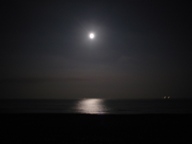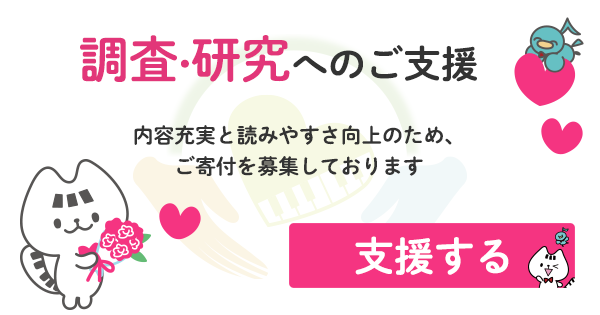Chapter 2 : Perception of the Europe!

The main character of this chapter is Kosaku Yamada (1886~1965). He is a famous composer in Japan for his songs such as "Aka tombo (Red dragonfly)", "Kono michi (This way)." He also wrote more than 60 pieces for piano. This fact might be unknown to even Japanese people.
Kosaku Yamada was seven years younger than Rentaro Taki (1879~1903). He went to Germany to study music after graduation from Tokyo Ongaku Gakko (Tokyo Music School). Taki spent in Leipzig substantially only for 2 months because of his illness. On the other hand, Yamada enjoyed his life in Berlin for 3 years. He learned composition from Wolf in the existing Berlin University of the Arts (Universität der Künste Berlin). During that period, he was greatly influenced by impressive contemporary European music which he could perceive directly. He studied hard and composed a symphony "Kachidoki to heiwa (Triumph and Peace)", which was the first symphony written by a Japanese composer.
It was about 100 years ago that Yamada went to Europe. The late Romantic composers such as Mahler and Richard Strauss and Impressionist composers such as Debussy and Ravel flourished at that time in Europe. In addition, Bartok and Kodaly started to collect folk music and Stravinsky and Schoenberg was trying to compose radical music in innovative style. Yamada could listen to the newest music on the spot. While he gained and broadened experience of western music, he was greatly influenced by it and achieved wider view for music itself.
During staying in Europe, Yamada became conscious that his mission was to assimilate the indigenous music of Europe into Japanese traditional style. After he came back to Japan, he started out to compose works for piano eagerly. Most of them were experimental small pieces called "Poem." Those have expressive titles such as "Haru no yo no yume (Dream in the spring night time)" and "Gekko ni tou sashite (Regret with Moonlight)." "Yoru no shikyoku (The Poem of Night)" is one of those works. He composed this piece on the way to Japan from Germany turning his thoughts toward Scriabin's piano pieces that Yamada listened to in Russia. In this work, exquisite resonance and unique pauses are beautifully realized.

Kosaku Yamada "Yoru no shikyoku (The Poem of Night)"(03m20s)
Yamada wrote many poetic notes for his works for piano. For example, for "Yoru no shikyoku," he wrote words like "a calm in the night-time, a passion aroused from the bottom of the night, the moan, the disappearing sorrow and spiritual invocation drifting away behind it." For other pieces such as "Minori no namida" and "Makiba no seiya", he described scenery which were reminiscent of some poetries and dramas. The concept of the bond between words and music was to lead Yamada himself to compose Japanese songs and Opera works and came to be the main idea of his creativity.
Yamada's "Yoru no shikyoku" (1917) and Taki's "Menuetto" (1901) evoke totally different mood respectively. The difference between two pieces might express the difference between Yamada who could absorb contemporary European music and Taki who passed away without achieving it. Japanese composition world met contemporary western music through Yamada's activity and stood on the start line toward the world stage.

